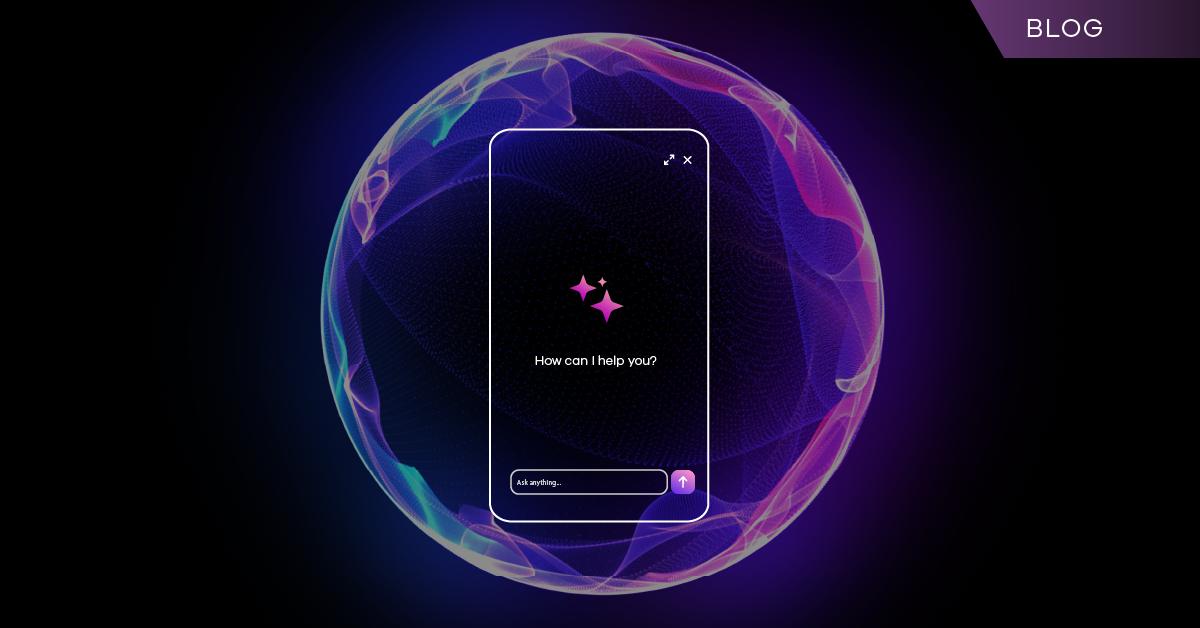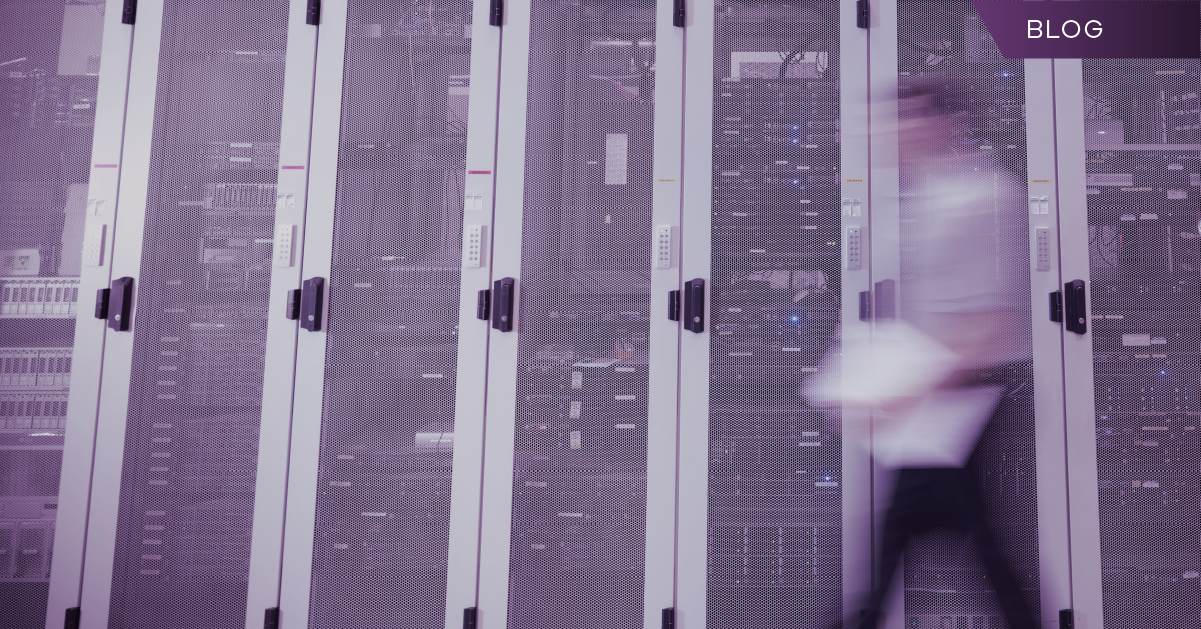Fans of science fiction know Artificial Intelligence (AI) is a recurring theme – and has been for quite some time. Movies, books and even video games embrace it as an advanced technology that powers robots, cyborgs, spaceships – you name it. And core to the mythos of AI is that it thinks in a manner indistinguishable from that of a human, while operating with the speed and intelligence of a computer.
We’re not there yet; as much as I’d like my own version of Tony Stark’s Mark V armor, I’ll have to settle for being able to ask Alexa facts about Chuck Norris. But we are making swift progress – I recently learned a popular online tech publication had been using AI to generate articles for months – and was none the wiser, thanks to ChatGPT and other Large Language Models (LLMs).
LLMs promise to revolutionize how we interact personally and professionally. We’re seeing incredible interest and funding being poured into their development – and it’s just beginning. In today’s business world, AI is being viewed as the key to unlock technological advancement, competitive advantage, and in turn, profitability.
It’s why tech giants like Microsoft, Meta, and Google each referenced AI almost 50 times in their recent earnings calls. As a result, you may be asking yourself “What if AI could help my business…”
- Make better decisions?
- Operate more efficiently?
- Save costs?
- Enhance customer relationships?
The good news is that it can absolutely do all the above.
The bad news? AI isn’t free. Quite the opposite, in fact.
The Cost of AI
AI, like anything in its infancy, requires learning. So how does one go about teaching ChatGPT and other LLMs how to work? Simply put, money. Tony Stark kind of money.
It’s been reported that ChatGPT utilized over 10,000 GPUs (Graphic Processing Units) to train it. (Now we know where all the graphics cards went for the last two years.) And the most powerful GPU on the planet will run you $30,000. Which means ChatGPT had an awfully expensive childhood. But that’s not all. It’s estimated that ChatGPT costs upwards of $700,000 per day to operate. Why? Well…
AI Requires Cloud Infrastructure
If generating AI were as simple as harnessing the pixel pushing power of Nvidia or AMD, we would see it proliferate at an even higher rate than it currently is. But to deliver AI, you need additional hardware and infrastructure. That means servers – many, many servers. And not coincidentally, today’s enterprises need the same to fulfill their data protection needs. And where do they turn to do that? The cloud.
That’s right – the same infrastructure that defends, protects, and secures your data is now being used to make AI available to the masses. It drives LLMs, machine learning, and automation, just to name a few. Those use cases are going to exponentially increase because AI makes great use of raw computing power and scalability. And because the more things change, the more they stay the same – in this instance, we’re talking about reducing the cost of AI to ensure a healthy bottom line for your business.
Extra ROI from Your Data Protection Platform
The natural progression of innovation and technical economics involves experimenting to find a way to optimize a use case in hardware (silicon processors) and then shift it into software (ChatGPT) so that everyone can benefit from it. Using that logic, you’re probably already in the cloud. More likely, multiple clouds. To take advantage of this paradigm, you need to implement cost-effective solutions that ensure the integrity of your dataset.
One way to do so is by using Data Protection as a Service (DPaaS) to reduce your operational spend on cloud Infrastructure to help pay for those growing AI bills. You’re already optimizing your business in myriad ways; this methodology is a natural fit. It’s a virtuous cycle: grow your business by utilizing existing resources to reduce costs, which are then invested back into the business.
Driving Down Today’s TCO is Just the Start
Where DPaaS is concerned, enterprises are rightfully focused on security first, with TCO (Total Cost of Ownership) being a close second. TCO is quantitative in nature, so it can be difficult to know how to evaluate vendor claims. At the end of the day, these are the current table stakes:
- Deduplication and data tiering: Maximize storage efficiencies and control cloud costs.
- Cloud-native storage: Storage costs should always decrease when utilizing a DPaaS vendor alongside your cloud provider.
- Proactive Ransomware Monitoring and Alerting: This also includes end to end data encryption and data immutability.
- Multi-Cloud Data Protection: Companies should use the right cloud technology that suits their business needs. And vendors should offer DPaaS solutions that support all of them.
- Broad Spectrum of Workloads: Companies use a mix of SaaS, IaaS, and on-premises resources – your DPaaS solution needs to support all of it.
- Robust reporting: Includes compliance analytics to stay current and proactively address future requests on demand.
If you can check all of the above boxes, you’re well on your way to driving down the cost of your data protection investment. Now it’s time to start thinking about what’s next and where to reinvest those savings.
The Future of Data Protection
AI-enhanced data protection will offer continuous innovation, based on machine learning and other advancements that are driven by the needs of modern organizations. And because we are at the intersection of data protection not only in the cloud, but also on-premises, we need a unique perspective on what that could look like. What if you could:
- Automate tasks to drive better efficiencies?
- Continuously analyze data and find root cause for problems instantly?
- Be more efficient with less resources?
- Utilize your data to make better decisions?
- Receive high-fidelity security alerts?
- Use data-driven insights to automatically understand customer or employee needs, and generate the right result, at the right time?
Soon, these will be the new table stakes. Your data protection, whether you know it or not, is a direct on-ramp for your ability to harness AI, affordably.
It’s YOUR data. What will you do with it?


